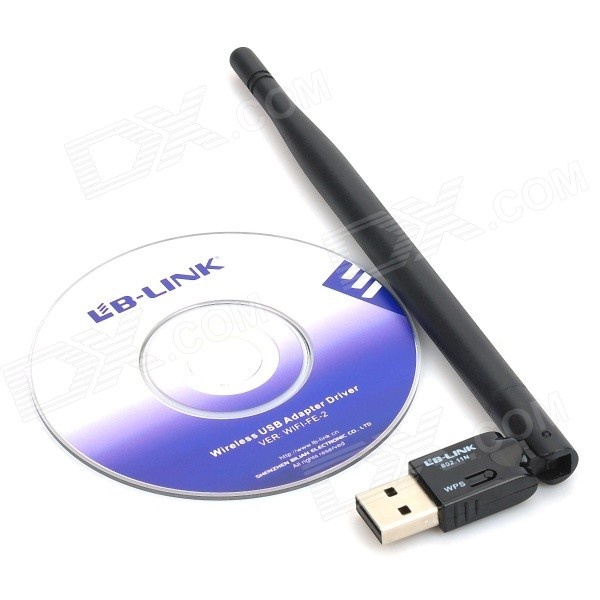Lb Link 80211 N Driver

'11n' redirects here. For the airport in Connecticut with the FAA code 11N, see. IEEE 802.11n-2009, commonly shortened to 802.11n, is a wireless-networking standard that uses multiple antennas to increase data rates. Have also labelled the technology for the standard as Wi-Fi 4. It standardized support for,, and security improvements, among other features, and can be used in the 2.4 GHz or 5 GHz frequency bands. Motiondv studio dlya windows 7 na russkom. As the first standard that introduced (Multiple-Input and Multiple-Output) support, sometimes devices/systems that support 802.11n standard (or draft version of the standard) are being referred to as MIMO (Wi-Fi products), especially before the introduction of the next generation standard. The purpose of the standard is to improve network throughput over the two previous standards— and —with a significant increase in the maximum from 54 Mbit/s to 600 Mbit/s (slightly higher including for example error-correction codes, and slightly lower maximum ) with the use of four spatial streams at a channel width of 40 MHz.
IEEE 802.11n-2009 is an amendment to the wireless-networking standard. Is a set of standards that govern wireless networking transmission methods.
WLan Driver 802.11n Rel. 4.80.28.7.zip package supports the Broadcom 802 driver models. This package supports the following driver models:Broadcom 802.11b.

They are commonly used today in their,,, 802.11n, and versions to provide wireless connectivity in homes and businesses. Development of 802.11n began in 2002, seven years before publication. The 802.11n protocol is now Clause 20 of the published standard.
Contents • • • • • • • • • • • • • • • • • Description [ ] IEEE 802.11n is an amendment to IEEE 8 as amended by,,, and, and builds on previous 802.11 standards by adding (MIMO) and 40 MHz channels to the, and to the. MIMO is a technology that uses multiple antennas to coherently resolve more information than possible using a single antenna. One way it provides this is through (SDM), which spatially multiplexes multiple independent data streams, transferred simultaneously within one spectral channel of bandwidth. MIMO SDM can significantly increase data throughput as the number of resolved spatial data streams is increased.
Each spatial stream requires a discrete antenna at both the transmitter and the receiver. In addition, MIMO technology requires a separate and analog-to-digital converter for each MIMO antenna, making it more expensive to implement than non-MIMO systems.
Channels operating with a width of 40 MHz are another feature incorporated into 802.11n; this doubles the channel width from 20 MHz in previous 802.11 PHYs to transmit data, and provides twice the PHY data rate available over a single 20 MHz channel. It can be enabled in the 5 GHz mode, or within the 2.4 GHz mode if there is knowledge that it will not interfere with any other 802.11 or non-802.11 (such as Bluetooth) system using the same frequencies. The MIMO architecture, together with wider-bandwidth channels, offers increased physical transfer rate over (5 GHz) and (2.4 GHz). Data encoding [ ] The transmitter and receiver use and postcoding techniques, respectively, to achieve the capacity of a MIMO link.
Precoding includes and spatial coding, where spatial beamforming improves the received signal quality at the decoding stage. Spatial coding can increase data throughput via and increase range by exploiting the spatial diversity, through techniques such as. Number of antennas [ ] The number of simultaneous data streams is limited by the minimum number of antennas in use on both sides of the link. However, the individual radios often further limit the number of spatial streams that may carry unique data. The a x b: c notation helps identify what a given radio is capable of. The first number (a) is the maximum number of transmit antennas or TX RF chains that can be used by the radio.